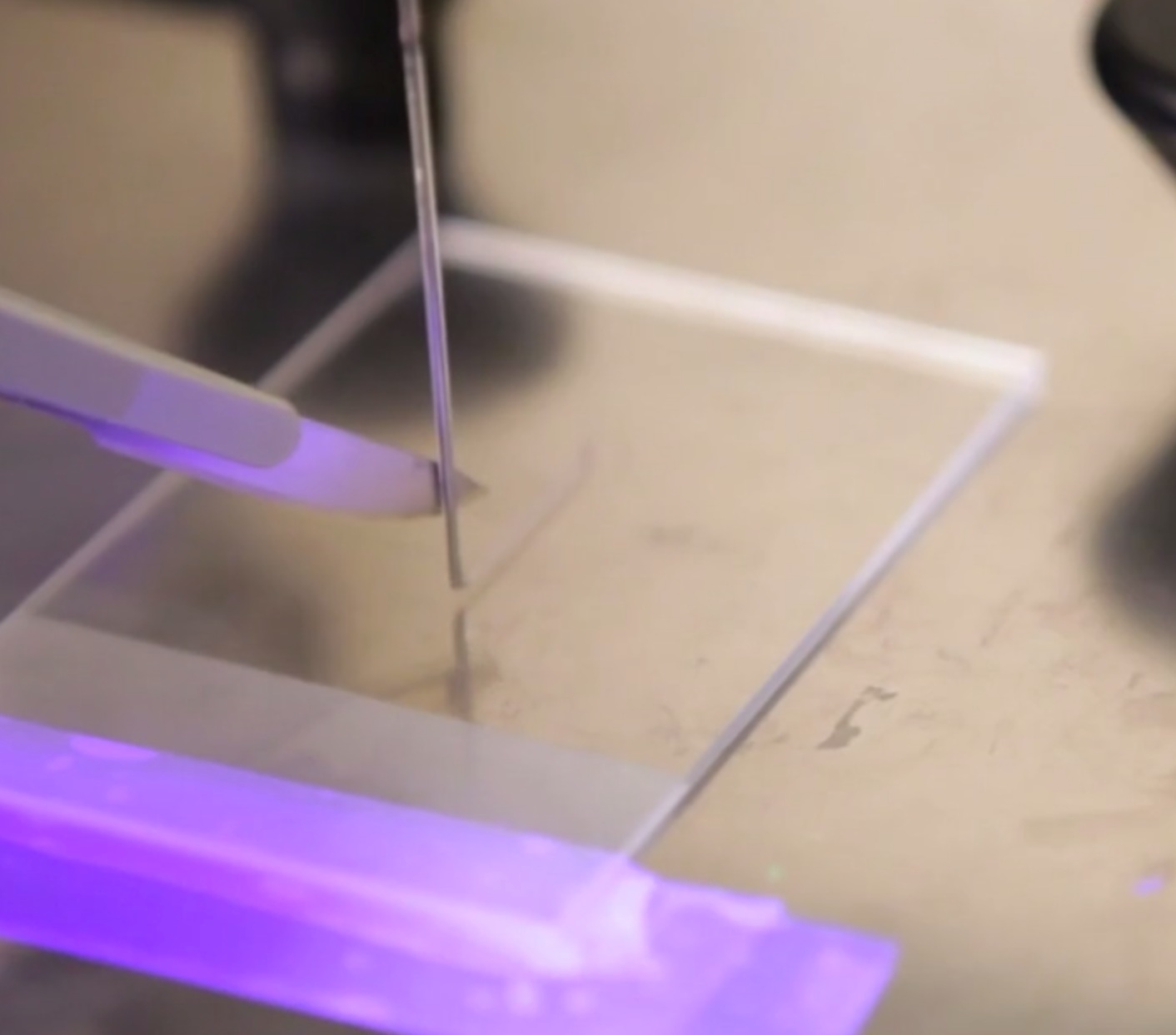
Researchers have been struggling to develop techniques to 3D print living tissue for some years now, but researchers at Brigham Women’s Hospital in Boston seem to have made big steps.
While living cells have been 3D printed for years now, there has been a significant barrier: living cells require sustenance, usually delivered by vascular structures (arteries and veins). These structures are made from different material and cannot easily be embedded into prints of living cells.
The researchers found a way to create an incredibly tiny 3D printed mould on which they could grow capillaries. Here’s how it worked:
Using a high-tech “bio-printer”, the researchers fabricated tiny, interconnected fibres to serve as the mould for the artificial blood vessels. They then covered the 3D printed structure with a cell-rich protein-based material, which was solidified by shining light on it. Lastly they removed the bio-printed fibres to leave behind a network of tiny capillaries coated with human endothelial cells, which formed stable blood capillaries in less than a week.
The ability to create functioning capillaries is the big step. The next step will be to integrate this technology with printing of tissue to create functioning components, but we suspect there are huge challenges in doing so. Living tissue is not monolithic and is composed of numerous cell types and materials liquid and solid.
It will be many years yet before we see living objects 3D printed.
Via The Guardian

